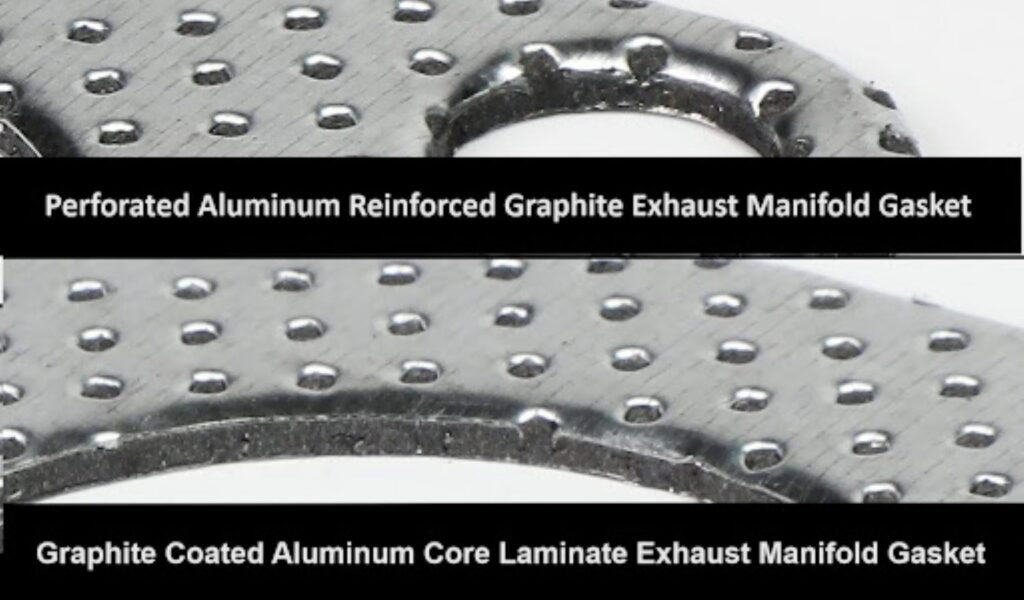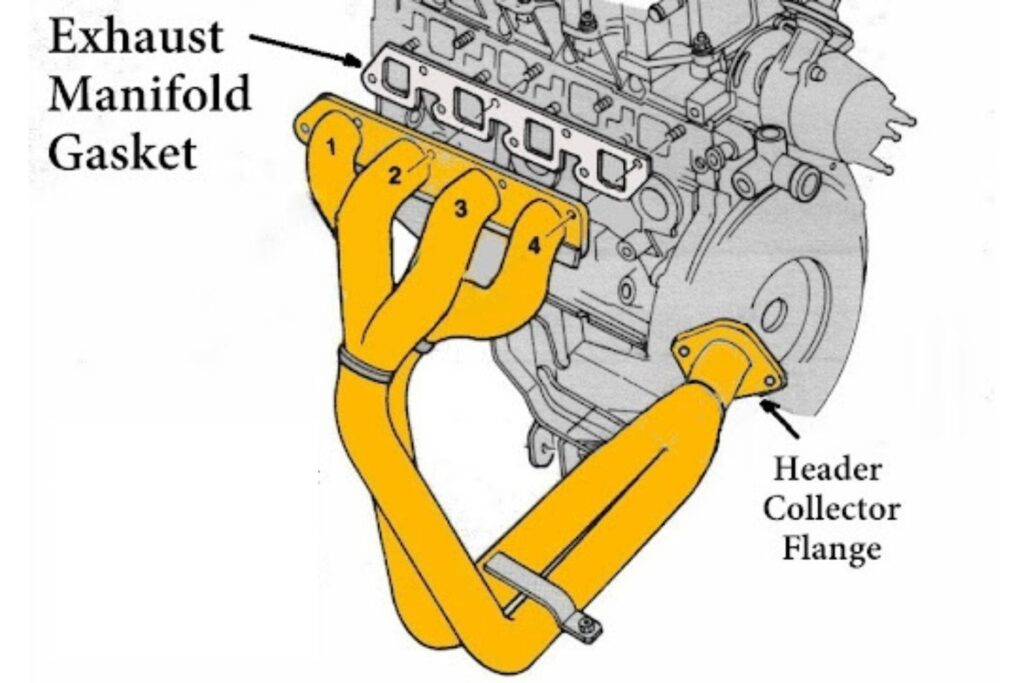Your vehicle’s exhaust system is equipped with several gaskets along its exhaust pipes, all of which can vary greatly in size and shape. These exhaust pipe gaskets prevent exhaust gas from leaking out of the system, with certain gaskets serving other purposes, like preventing exhaust noise or indirectly cutting down emissions. There are different types of gaskets that belong in various parts of the exhaust system, and different vehicles require distinct gasket sizes even for gaskets of the same type. So before you buy any new gaskets to repair that leak in your system, it’s best to know what you’re looking for.

Gasket Sizing Summarized
Gasket sizing ranges from fairly straightforward to incredibly difficult. First, you need to know what your vehicle’s exhaust system is like. If you’ve never had custom work done on your exhaust system, then that means you can likely go for factory gasket sizes. However, if your vehicle has a customized exhaust system, you might need custom gaskets to suit its unique needs.
Factory Gasket Sizes
When buying gaskets for your original equipment manufacturer (OEM) exhaust system, you can typically find the right gasket size by looking for gaskets that’ll fit your vehicle’s year, make, and model. Most aftermarket sites will list what vehicles their gaskets were manufactured for. It’s simple and straightforward. You don’t need to measure anything. Simply pick the gasket type you need and search for one that’ll fit your vehicle.
Custom Gasket Sizes
For customized exhaust systems, you’ll have to retrieve the faulty gasket first. Measure the inner and outer diameter of the gasket and note down the measurements. Then, measure the bolt-hole spacing. For circular exhaust flanges, you’ll also need to measure the distance from the center of one bolt hole to the center of the bolt hole that sits directly across from it. If the gasket isn’t circular, you’ll need to take care and measure all the different sides and corners to ensure the gasket you buy properly matches up with your system.
Once you have all the gasket measurements down, you can start searching for an aftermarket exhaust gasket that matches them exactly. If you can’t find any, you can always have the parts custom-made.

Exhaust Gasket Types and Uses
When attempting to find the right gasket size to buy, it’s also helpful to know the different exhaust gasket types.
Exhaust Manifold Gasket
Exhaust manifold gaskets are typically found between the engine’s cylinder head and the exhaust manifold itself. If your vehicle has more than one exhaust manifold, it also has more than one exhaust manifold gasket. Because they’re situated in an area with high temperatures and extreme pressure, exhaust manifold gaskets are typically multilayered and made from sturdy materials like composite graphite and multilayer steel.

Collector Gasket or Exhaust Flange
The collector gasket, also known as the exhaust flange, connects the exhaust pipe to other parts of the exhaust system like the muffler and catalytic converter.
Exhaust flanges are able to connect different parts through the use of a gasket and a set of bolts at each flange. They’re made to withstand lots of heat expansion and vibration in the exhaust system and are also made of the same materials as exhaust manifold gaskets.

Header Gasket
Header gaskets are typically found in customized aftermarket exhaust headers. They take the place of exhaust manifolds and seal the area between the engine’s cylinder head and the exhaust header. The added performance boost from using an exhaust header means these gaskets need to withstand even higher pressure and temperatures than the typical manifold gasket. As a result, header gaskets use materials that are even more resilient to these conditions, like copper and certain composites.
Pipe Gasket
Pipe gaskets seal parts of the exhaust pipe where they join, including sealing the manifold to the upper exhaust pipe. And while many front-wheel-drive vehicles have a flexible joint in the upper pipe to account for powertrain torque during acceleration, some platforms simply put a graphite-coated gasket that will allow for powertrain torque.
Pipe gaskets seal the different sections of the exhaust pipe and prevent leaks along the line. They also need to withstand high temperatures and pressure and are made using the same materials as exhaust manifold gaskets.

Exhaust pipe gaskets are a small but important part of your vehicle’s exhaust system. Without them, exhaust gasses would easily escape between sections of the exhaust pipe and near where it connects to the different components. Buying new gaskets is simple if you use an OEM exhaust system, but it can get complicated if you use a customized system. In the end, make sure you double-check your custom gasket’s measurements or your vehicle’s make and model before making your purchase.
Where to Get Gaskets for Your Vehicle
Exhaust leaks bring nothing but trouble. The good news, however, is that replacing worn-out gaskets can usually resolve this problem, provided that you do it as soon as possible. Holding off exhaust repairs can lead to significant engine damage, leading to a lucrative repair bill to pay off.
Find the perfect exhaust gasket replacement for your vehicle right here at CarParts.com, where OE-grade quality is guaranteed no matter the part. Our selection of exhaust gaskets passed strict quality checks from industry professionals, so you’re sure they’re built to last.
Start shopping by entering your vehicle’s year, make, and model into our vehicle selector. This will narrow down the products to compatible gaskets for your ride. You can also use the search filters to refine the results further according to your preferences.
It’ll only take a few minutes to place your order and only a few days to get the parts that you need. Never worry about going over budget when you shop from us. All our products come with a low-price and lifetime replacement guarantee, helping you get the best value for your money.
Don’t miss out on the best deals on the market, and shop now!
Any information provided on this Website is for informational purposes only and is not intended to replace consultation with a professional mechanic. The accuracy and timeliness of the information may change from the time of publication.






























